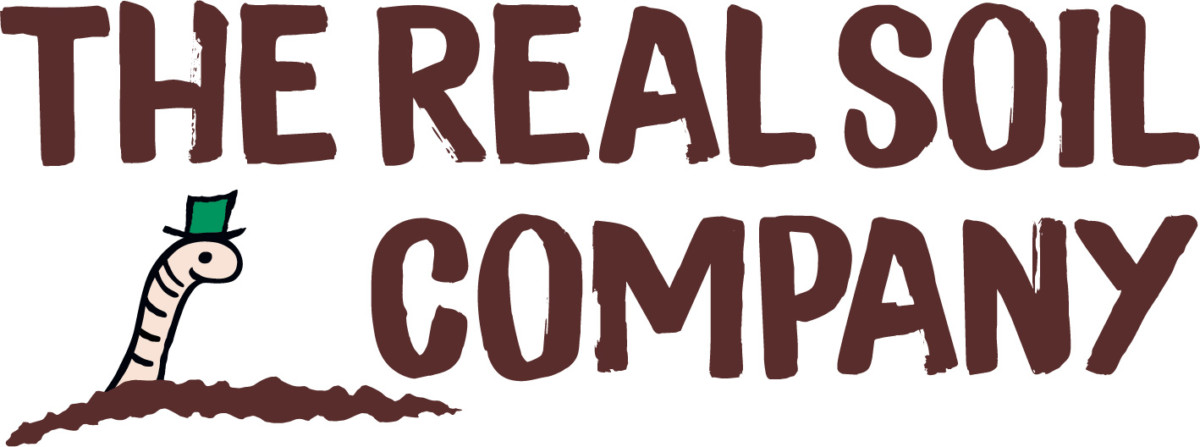Improving Your Lawn
The lawn is the central hub of any garden and unlike most of your plants or trees, a lawn isn’t just to look at, it needs to be functional while remaining thick and vibrant. This can be difficult when typically the average lawn can be damaged from children playing, garden furniture, weeds and animals amongst other things.
Keeping your lawn healthy requires improving your soil, maintaining grass levels, watering regularly and tending to damaged areas as they arise.
Here’s some tips to keep your lawn looking healthy.




